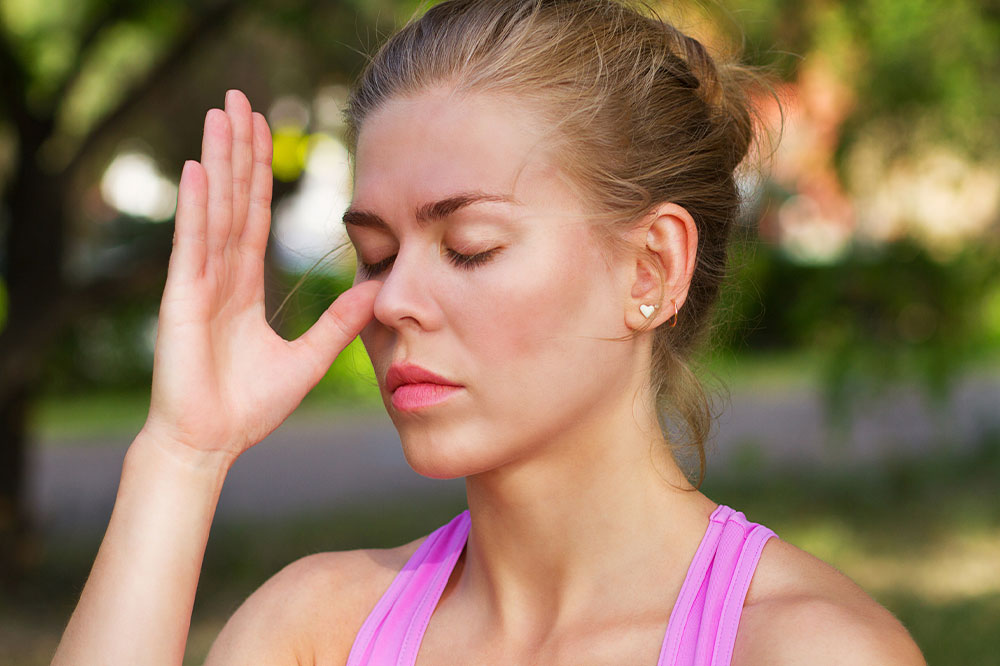9 relaxation techniques to alleviate headaches

Most individuals experience headaches at some point in their lives. The condition can result in a pain that could be dull, sharp, constant, or throbbing. Also, there are different types of headaches that have multiple symptoms. While a permanent cure for headaches is yet to be determined, there are ways to help manage the condition. One can also combine these relaxation techniques with treatments to relieve headaches. Given below are a few that might help:
Indulge in yoga
Yoga is an ancient technique that combines calming meditation and breathing with body poses. Together, these aspects help individuals stretch and strengthen their tendons and muscles. Yoga can also reduce the frequency and pain of certain headaches. However, we recommend working with a professional yoga instructor to avoid unwanted muscle strains.
Use a cold pack
People suffering from migraines should apply a cold pack to their forehead. They can wrap a bag of frozen vegetables or ice cubes in a towel or have a cold shower to ease pains caused by migraines. They should keep the compress on their head for about 15 minutes, followed by an interval of 15 minutes before re-applying the pack.
Be open to biofeedback
The biofeedback technique utilizes electronic devices to measure an individual’s heart rate, breathing rate, skin perspiration, muscle tension, and other physical responses. The device converts this information to graphs that indicate when the individual is tensed or relaxed. With the data, one can learn to control the body’s response, reduce tension, and help curb migraines.
Reduce scalp pressure
Sometimes excessive pressure on the scalp can trigger a headache. The pressure might stem from ponytails, headbands, swimming goggles, or hats. So the individual must avoid steering clear of such factors to ease the pain in their head.
Self-massage
Massages are said to cut down headaches significantly that are triggered by tension. One can try massaging their neck, temples, and forehead to relieve such headaches. Applying gentle, rotating pressure to the affected regions may also help reduce tension headaches.
Meditate
Meditation is a common approach to dealing with several health complications, including headaches. The relaxation technique helps the individual stop the flow of thoughts in their mind and focus on a single factor (their breathing). When meditation is practiced regularly, the individual may notice a reduction in pains, including those caused by migraines.
Listen to calming music
When an individual combines relaxation exercises with their favorite music, they may find it helpful in easing headaches. And for better results, the individual could try listening to only calming music. There are also relaxation audio tapes that are a combination of music and relaxation instructions, specifically designed to ease headaches.
Practice mental imagery relaxation
People who practice mental imagery relaxation (guided imagery) have shown signs of synchronization between their mind and body. The technique requires the patient to create images in their mind that depict peace and a sense of calm. By learning this technique, an individual may have better control over headache pains.
Cognitive Behavior Therapy (CBT)
A CBT method is a psychotherapy approach that is focused on helping the person change their thought patterns and behaviors. This therapy encourages a person to transform their negative thoughts into positive ones. In addition, doing so can help curb the symptoms of headaches.

